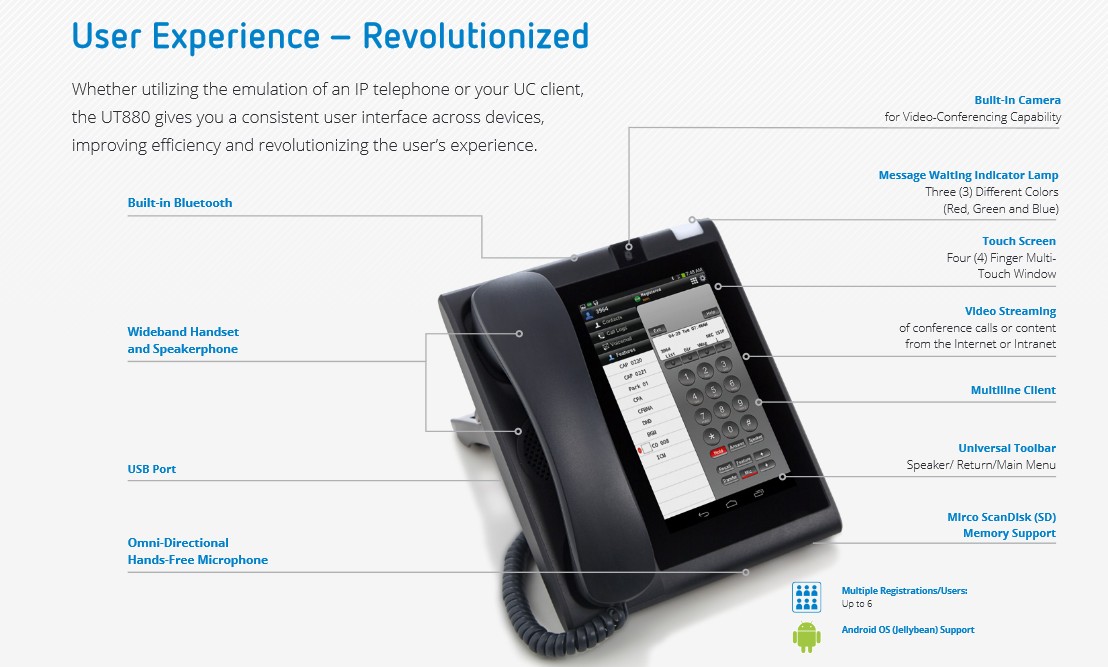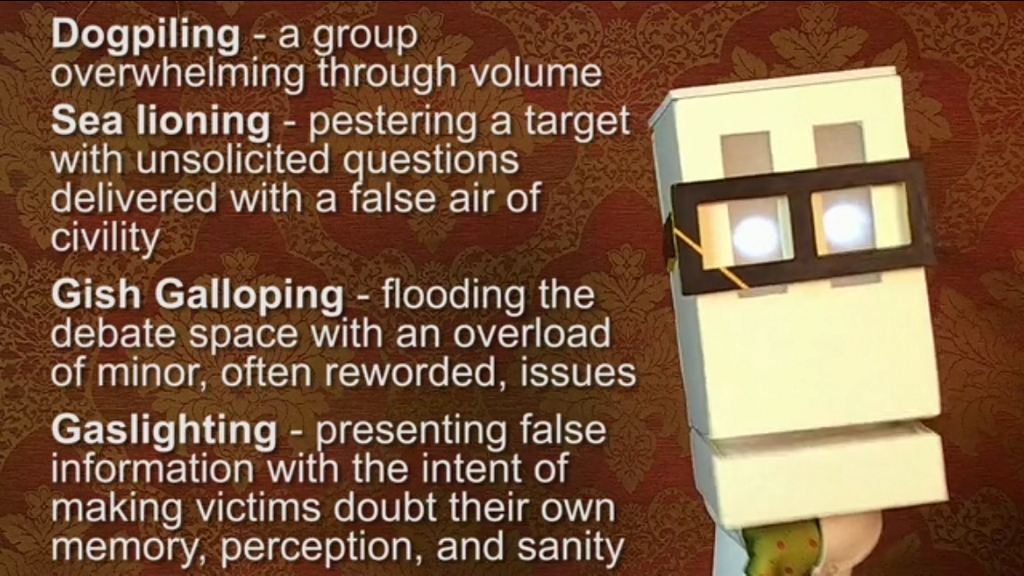Originally shared by Learn Japanese – HiraganaNinja
Hi guys! KANJI TABLEs are ready!! 😀
Level 1 Core-80
==> http://nihongo-learning.tk/pc/kanji_table.html by HIRAGANA NINJA
The detail page is not linked yet and wait for a while.
Originally shared by Learn Japanese – HiraganaNinja
Hi guys! KANJI TABLEs are ready!! 😀
Level 1 Core-80
==> http://nihongo-learning.tk/pc/kanji_table.html by HIRAGANA NINJA
The detail page is not linked yet and wait for a while.

Originally shared by Learn Japanese – HiraganaNinja
Let’s start learning JAPANESE!

Originally shared by NASA
Hubble Reveals a Super-Rich Galactic Neighborhood
This new image from the NASA/ESA Hubble Space Telescope shows the super-rich galaxy cluster Abell 1413. Located between the constellations of Leo (The Lion) and Coma Berenices, the cluster is over 2 billion light-years from Earth. This image is dominated by a large and highly elliptical galaxy called MCG+04-28-097, with a halo of stars extending for more than 6.5 million light-years.
The galaxies at the center of Abell 1413 are found to be very highly elliptical whereas those at the periphery are more spherical.
Abell 1413 is part of the Abell catalog, a collection of over 4,000 rich clusters of galaxies fairly close to Earth — at least from a cosmological perspective — their light took less than 3 billion years to reach us. The clusters are called rich due to the huge number of galaxies they play host to. Abell 1413 is observed to contain more than 300 galaxies held together by the immense gravity of the cluster.
The strong interactions between these galaxies cause the material in the cluster to be heated to extremely high temperatures of almost 100 million degrees. Because of this, the cluster emits very strong X-ray radiation.
Visible distortions in the image can be seen in the form of arcs, caused by gravitational lensing. Gravitational lensing occurs when the intense gravity of the cluster bends space-time around it, causing a range of bizarre and beautiful optical phenomena for galaxies located in the background.
This image was created from optical and near-infrared exposures taken with the Wide Field Channel of Hubble’s Advanced Camera for Surveys (ACS).
Credit: ESA/NASA, Acknowledgement: Nick Rose
Originally shared by GNOME
Please help us defend our trademark from Groupon and support GNOME!
“GNOME” the trademark has been a familiar name for the past 17 years in the Free and Open Source Software community. The GNOME project has been a staple desktop for GNU/Linux and BSD desktops. It was the default desktop for Sun Microsystems workstation class machines, continues to be the default desktop for the Red Hat Enterprise Linux and SUSE Linux Enterprise Server distributions, and it is the default desktop of Fedora and Debian. SUSE Linux Enterprise Point of Service solution for the retail industry is based on GNOME. GNOME technology can be found in TVs, tablets, phones, consumer devices, and in common software everywhere.
Recently Groupon announced a product with the same product name as GNOME. Groupon’s product is a tablet based point of sale “operating system for merchants to run their entire operation.” The GNOME community was shocked that Groupon would use our mark for a product so closely related to the GNOME desktop and technology. It was almost inconceivable to us that Groupon, with over $2.5 billion in annual revenue, a full legal team and a huge engineering staff would not have heard of the GNOME project, found our trademark registration using a casual search, or even found our website, but we nevertheless got in touch with them and asked them to pick another name. Not only did Groupon refuse, but it has now filed even more trademark applications (the full list of applications they filed is available on our groupon page linked). To use the GNOME name for a proprietary software product that is antithetical to the fundamental ideas of the GNOME community, the free software community and the GNU project is outrageous. Please help us fight this huge company as they try to trade on our goodwill and hard earned reputation.
We want to show that our brand matters and that you care. Of the 28 trademark applications Groupon filed, we have to file formal proceedings to oppose 10 of them by December 3, 2014. Help us raise the funds to fight back and most of all call public attention to this terrible behavior by Groupon. Help us make sure that when people hear about GNOME software they learn about freedom and not proprietary software. Our counsel has advised us that we will need $80,000 to oppose the registration of the first set of 10 applications. If we are able to defend the mark without spending this amount, we will use the remaining funds to bolster and improve GNOME. Please help us raise the money to protect GNOME’s trademark and strengthen Free Software!
Please donate here:
Originally shared by Lauren Weinstein

Originally shared by Android Community
NEC UT880 Android IP phone
Originally shared by Yonatan Zunger
This is an incredibly interesting and potentially important bit of research. A few years ago, the neural connectome of the worm C. elegans was mapped — that is, we have a map of all 302 neurons in this worm, and how they’re connected to one another and to things like muscles and sense organs. Timothy Busbice’s team used this information to make a simple computer simulation of the worm’s neurons. (I’m saying “neurons” instead of “brain” because this worm doesn’t actually have a discrete brain; it’s a simple enough creature that its neurons are just spread throughout its body)
They connected their simulation to a simple robot. The worm’s “nose touch” sense neurons were connected to a sonar sensor on the robot, so the robot coming within 20cm of an object will give the neurons the signals that a worm would get if it touched something. The motor neurons which control the 95 body muscles of the worm were instead hooked up to a computer simulation of the muscles which boils down their actions to simple “squinch left” and “squinch right” motions, which were translated into the motions of two wheels.
When it was wired together and powered up, the robot started to show clear worm-like behaviors, as you can watch in this video (CElegans Neurorobotics): it could sense and avoid simple obstacles and head towards food.
This simulation is currently incredibly crude. The simulation of the neurons themselves, for example, only allows one kind of “connection” between neurons; real neurons can interact in a few ways, chemically, electrically, and so on. One of the team’s next tasks is to make that simulation more realistic. Another issue may be to give it a better robotic analogue, so that they can replace (for example) the crude mapping of motor neurons to wheels with a more intricate mapping to actual muscle behaviors and the way real worms move. And of course, there are other kinds of interaction which this doesn’t yet capture at all — for example, the hormone-mediated interactions which connect the neurons to the worm’s digestive system.
However, even in its very crude initial state, this research tells us some very important things.
First and foremost, the simple simulation of neurons themselves is enough to mimic basic worm behaviors. This is important because, while we’ve always theorized that mind and behavior come from our neurons, and not from any additional source, this is the acid test which we’ve never been able to do before: strip away everything but the neurons, and see if pure neural connections can really explain behavior.
Second, this is a baseline system which can easily be expanded to have all of the additional details which we’ve been lacking, and C. elegans is a simple enough creature that it’s quite feasible to think that we’ll be able to map and simulate all of the requisite parts — not just a crude simulation. We could expect that this system will ultimately grow to be a complete enough simulation that, if it were to fail to mimic any observed behavior of the actual worm, we would have thereby discovered an important part of how biology works which we had not yet mapped. That, in turn, can drive discovery of more mechanisms, and ultimately we expect that we should be able to make a 100% mimic of the worm. If we can’t, then there’s a major discovery right there.
Most importantly, this sort of simulation allows us to understand the actual workings of biology much more deeply. For example, one thing we already know about the connectome is that it is highly recursive: that is, neural connections loop back on each other extensively. This is different from how we normally build neural nets in AI research, and one of its consequences is that once signals start coming in to the worm’s brain, persistent patterns start getting set up in it: things which we can consider to be the precursors of memory and consciousness.
A simulation allows us to make changes and understand their effects. By adding and removing connections, for example, we can start to learn why the brain is wired the way it is, and what the ways are in which it can fail. (Which can have significant medical consequences!) Likewise, as our simulation of C. elegans becomes more and more sophisticated, we can look at every aspect of biology and how it influences the system as a whole.
Over time, of course, we could even expect to simulate far more complex creatures. Mapping the connectome of more complex creatures — insects, small mammals, and even humans — is a work in progress. We are unlikely to be able to map the complete network of all of the biology of a complex creature in the near future, but this work on C. elegans should be able to hint to us which aspects of the biology are most important to map correctly in order to understand the function of mind.
It is not at all out of the question that within the next decade, we will have a meaningful simulation of the mind of a rat or a similarly complex creature. This would be a major work, of course, of a complexity on a par with any of the major scientific efforts of our time, but its impact on our world could be profound — from the perspective of understanding ourselves, from the perspective of medicine, and even from the perspective of artificial intelligence.
(Or, I suppose, from the perspective of being to upload our brains into computers in a meaningful way, which is certainly an interesting approach to the problem of medicine and extending life.)
The projects in this field, including large individual efforts like the Human Connectome Project (humanconnectomeproject.org), which is trying to map the connectome of the human brain at MRI granularity, and data informatics efforts like the Open Connectome Project (openconnectomeproject.org), which aims to pull together and make available a wide variety of connectome data, are among the most interesting directions in science today.
h/t Jeff Dean.

Originally shared by God Emperor Lionel Lauer
Gamergater trolling techniques, If you post about GG, expect to see these used on your posts. On G+, the quick & easy solution is to just Block them, rather than waste your time arguing with them.
https://twitter.com/femfreq/status/525350371125100545
#gamergate #pissbabies #stopgamergate2014 #gamerghazi #notyourshield
Sigh…
Originally shared by Martin Gustafsson
Still waiting for the details to be released on what #rootpipe exploits but it is a privilege escalation bypass of some sort.
If this privilege escalation bypass is combined with a zero day remote execute exploit of Safari (or other major browser on the platform) in combination with a hacked major website we could see something VERY bad happening.
All MacOS X users (10.8 and up), create a separate administrative account and remove your daily usage account(s) from the admin group!
For some reason this only seems to be headlining the news on tech sites here in Sweden so this needs to be spread around! FYI for anyone claiming the realiability of the source, TrueSec is a highly respected and comptent swedish company.
If this involves sudo, other n*x-flavours could be affected as wellö